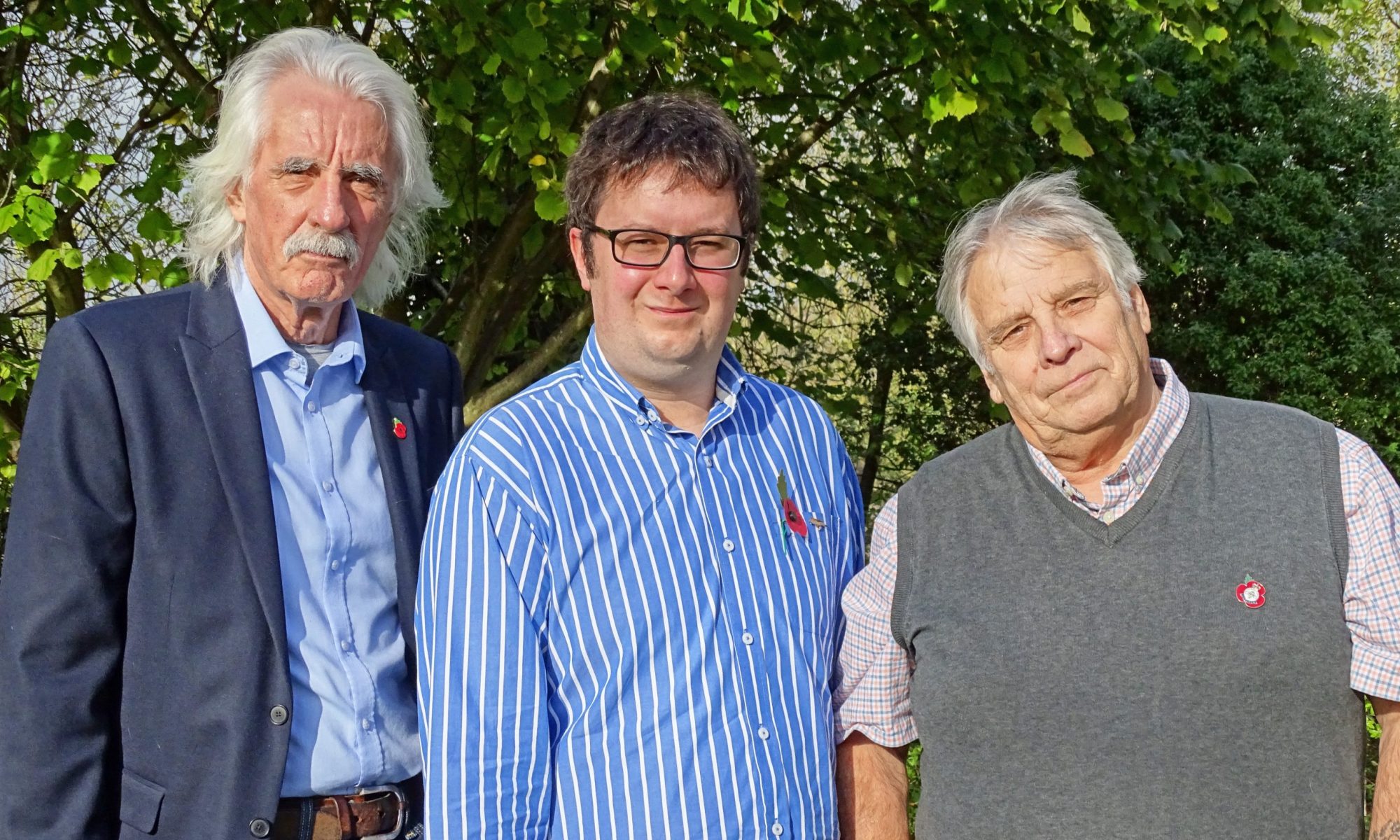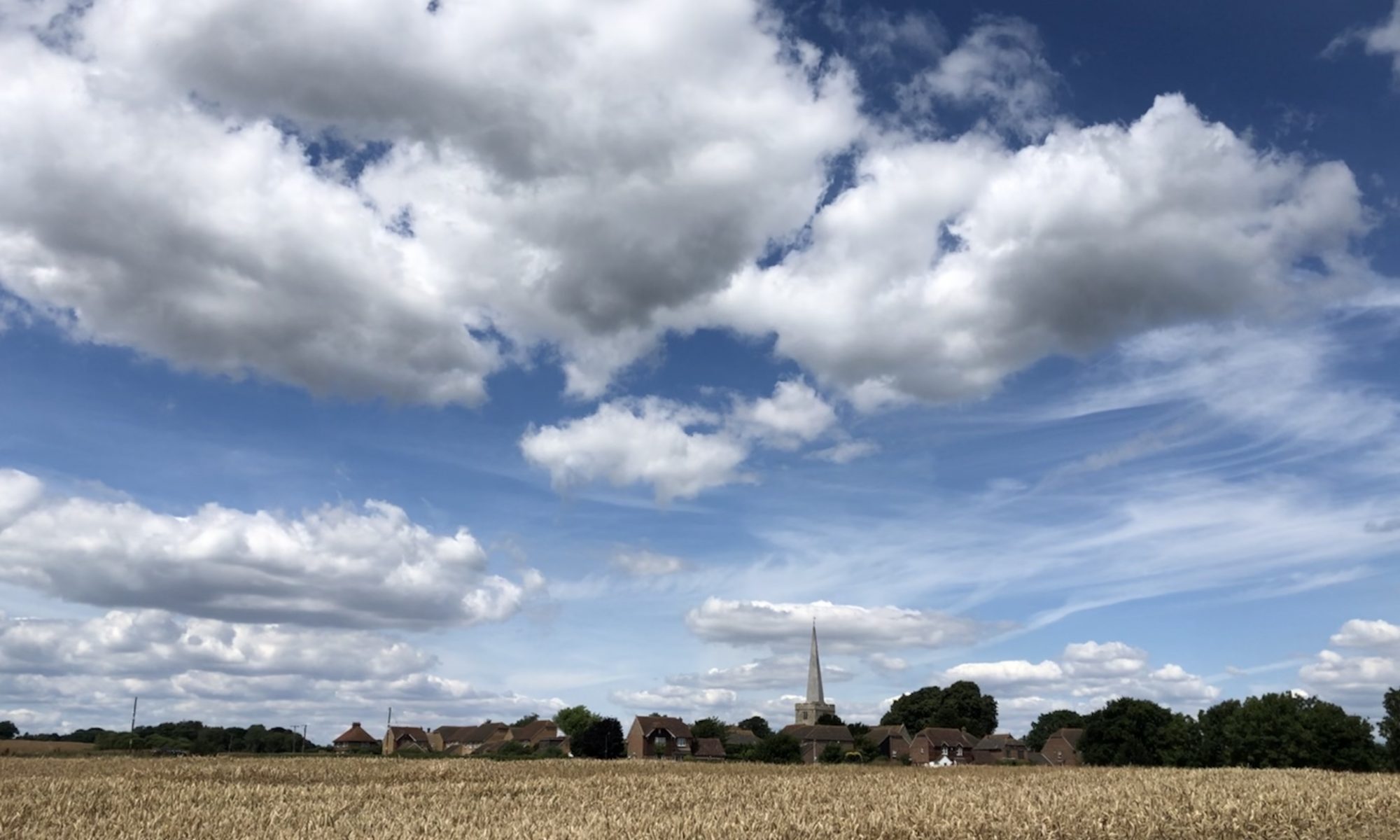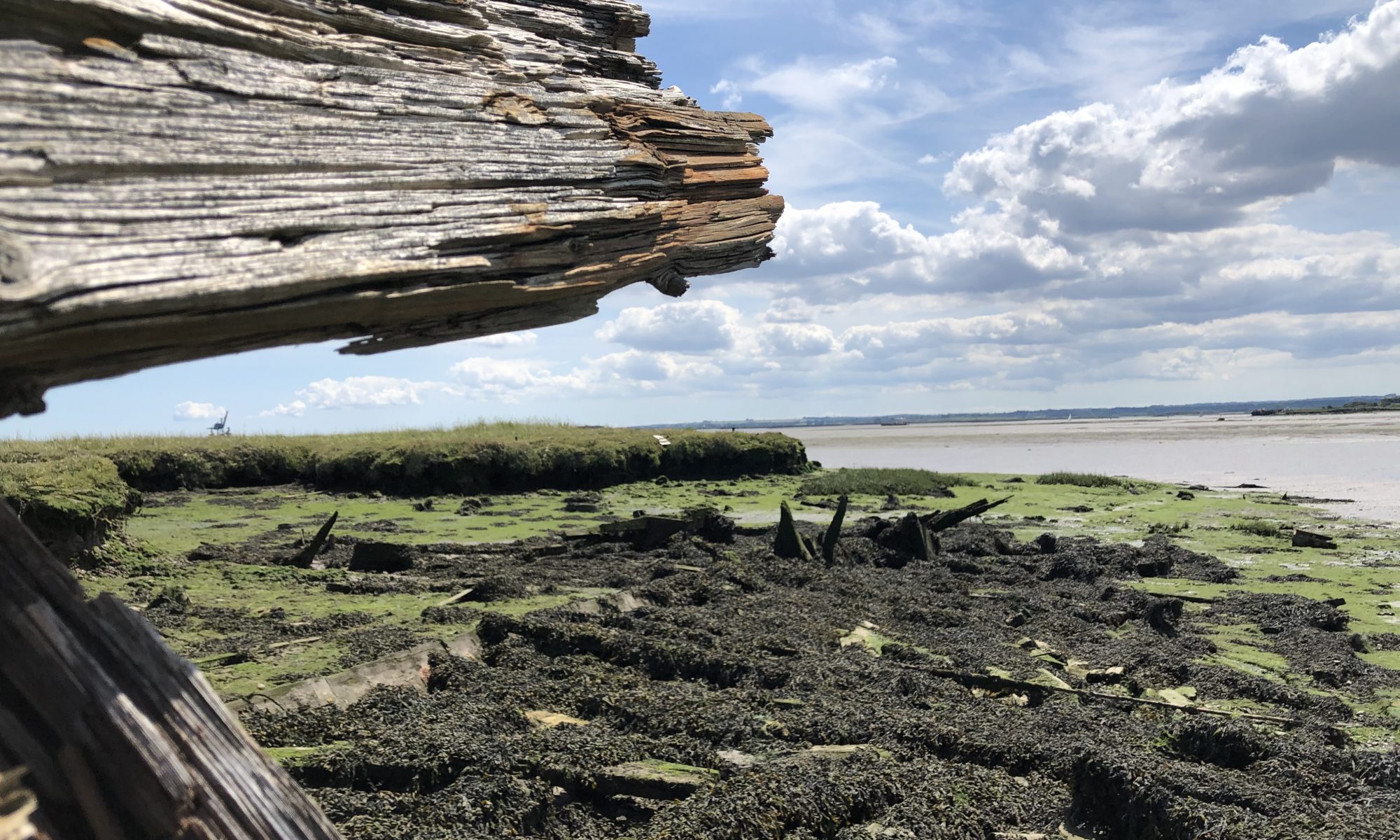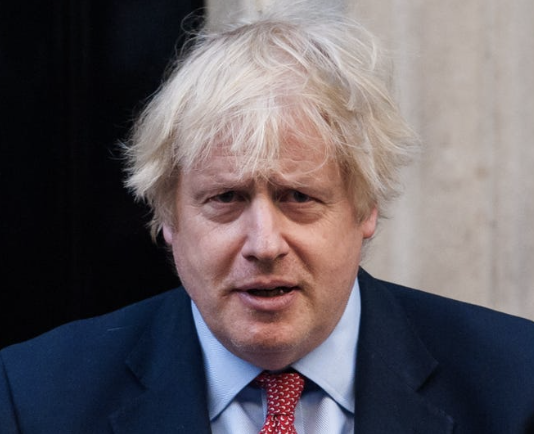HOO PENINSULA PARISHES TAKE ON MEDWAY COUNCIL OVER INFRASTRUCTURE BID.
Two Hoo Peninsula Parish Councils have engaged top lawyers Leigh Day to issue a warning to Medway Council over their multi million road building “HIF” programme. The £170 million “Housing Infrastructure Fund” grant from the Government is intended to provide the extra road and rail capacity to allow the building of 12,500 houses mainly within two parishes on the Peninsula – High Halstow and Hoo St Werburgh. The largest sum £86 million is for new roads, bringing at least a doubling of road traffic onto the Peninsula with its internationally recognised ecology and habitats.
Parish Councillors decided to use the top legal team of solicitors and barristers which successfully stopped the Heathrow expansion in its tracks earlier this year. Leigh Day have written to Medway Council, criticising their refusal to provide any information about the environmental impact of the massive road building proposals or to even tell local community any of the detail of their proposals.
“ Medway Council seem to believe that they are entitled to plan our future in secret by agreeing to concrete over large parts of the Peninsula without telling us how it will affect our communities, our ecology and our living conditions.” says High Halstow Parish Council Chairman, George Crozer
Both parish councils are concerned that Medway Council will enter into binding agreements with government housing agency Homes England to deliver specific infrastructure projects that will foreclose public debate about less harmful alternatives. This would be unlawful, says the letter, because of Medway’s failure to consult the Hoo Peninsula community, or to assess the environmental impact before entering into the agreement. As a result both Parish Councils are unable to progress their neighbourhood plans while they are being being kept in the dark about Medway’s proposals.
The entire reasoning behind the HIF programme is to expand the highway capacity to allow even more vehicle traffic onto local roads, to serve a massive house building programme on poorly located sites in the rural area.
“This cannot be the way forward,” says Cllr Crozer, “Medway are refusing to give the Parish Councils the information they need to understand how they will be affected, in terms of traffic, air quality and the effects of building thousands of new family homes on our treasured greenfield landscapes, with nothing in the HIF programme for providing the local health, education, retail and other services that we need, forcing new residents to use their cars for all their daily needs. Anyone would be suspicious of Medway’s motives when they are so desperate that they won’t tell us what they are doing, leaving us with no alternative but to resort to the courts!”
See Solicitors letter below.Letter, LD to Medway Council (16-07-2020) (as sent)



 The Jewel in the ecological crown of Hoo St Werburgh is the magnificent Medway Estuary and Marshes. Seen from the foreshore the estuary forms a single tidal system with the Swale and joins the southern part of the Thames Estuary between the Isle of Grain and Sheerness forming the Northern section of the renowned North Kent Marshes.
The Jewel in the ecological crown of Hoo St Werburgh is the magnificent Medway Estuary and Marshes. Seen from the foreshore the estuary forms a single tidal system with the Swale and joins the southern part of the Thames Estuary between the Isle of Grain and Sheerness forming the Northern section of the renowned North Kent Marshes. arrangement of tidal channels, which drain around large islands of salt marsh and peninsulas of grazing marsh. There are large areas of mudflat, which have high densities of invertebrates providing a good food source for wading birds. Grazing marsh can also be found landward of some sea walls in the area. Small shell beaches occur too, particularly in the outer parts of the estuary. The area is very flat and low lying, with large expanses of uninterrupted views.
arrangement of tidal channels, which drain around large islands of salt marsh and peninsulas of grazing marsh. There are large areas of mudflat, which have high densities of invertebrates providing a good food source for wading birds. Grazing marsh can also be found landward of some sea walls in the area. Small shell beaches occur too, particularly in the outer parts of the estuary. The area is very flat and low lying, with large expanses of uninterrupted views. The complex and diverse mixes of coastal habitats support important numbers of waterbirds throughout the year. In summer, the estuary supports breeding waders and terns, whilst in winter it holds important numbers of geese, ducks, grebes and waders. The middle and outer parts of the estuary represent the most important areas for the birds. Important areas for birds include the Saltings and Hoo flats on the north side and the stretch from Copperhouse marshes eastwards towards Chetney marshes on the south side. The islands within the Medway also provide good habitat for protected birds, in particular some of the breeding species. The two main protection designations are the
The complex and diverse mixes of coastal habitats support important numbers of waterbirds throughout the year. In summer, the estuary supports breeding waders and terns, whilst in winter it holds important numbers of geese, ducks, grebes and waders. The middle and outer parts of the estuary represent the most important areas for the birds. Important areas for birds include the Saltings and Hoo flats on the north side and the stretch from Copperhouse marshes eastwards towards Chetney marshes on the south side. The islands within the Medway also provide good habitat for protected birds, in particular some of the breeding species. The two main protection designations are the 















